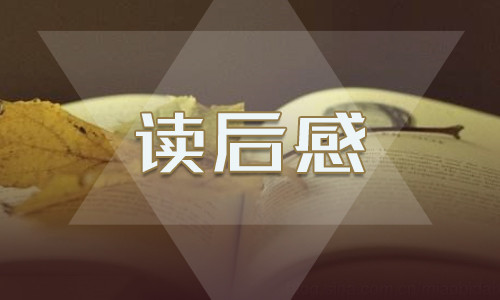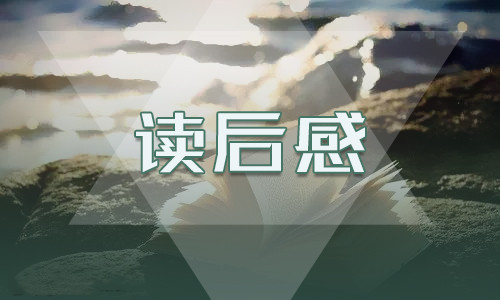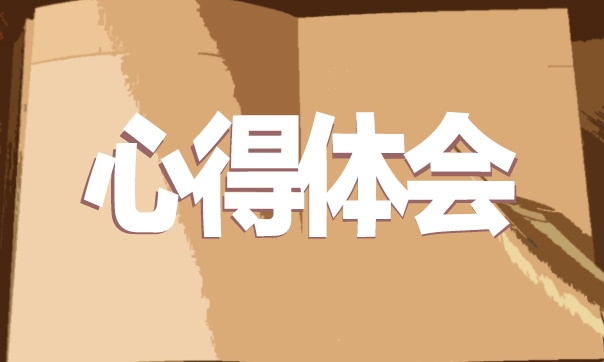____年全国硕士研究生入学统一考试英语试题
Section I Use of English
Directions: Read the following text. Choose the best word(s) for each numbered
blank and mark A, B, C or D on ANSWER SHEET 1. (10 points). In 1924 America's National Research Council sent two engineers to supervise a
series of industrial experiments at a large telephone-parts factory called the
Hawthorne Plant near Chicago. It hoped they would learn how stop-floor lighting____1____ workers' productivity. Instead, the studies ended ____2____
giving their name to the Hawthorne effect, the extremely influential idea that the
very to being experimented upon changed subjects' behavior. The idea arose because of the ____4____ behavior of the women in the Hawthorne plant. According to ____5____ of the experiments, their hourly output
rose when lighting was increased, but also when it was dimmed. It did not ____6____
what was done in the experiment; ____7____something was changed,
productivity
rose. A(n) ____8____ that they were being experimented upon seemed to be
____9____ to alter workers' behavior ____10____itself.
After several decades, the same data were ____11____ to econometric the
analysis. Hawthorne experiments has another surprise store ____12____the
descriptions on record, no systematic ____13____ was found that levels of
productivity were related to changes in lighting.
1. [A] affected [B] achieved [C] extracted [D] restored [B] up [D] off [C] with 2. [A] at 3. [A] truth [B] sight [D] proof [C] act
4. [A] controversial [B] perplexing [C] mischievous [D] ambiguous [D] assessments
5. [A] requirements [B] explanations [C] accounts 6. [A] conclude [B] matter [C] indicate [D] work [D] so long as
[B] for fear that [C] in case that
7. [A] as far as
1 / 12
8. [A] awareness [B] expectation [C] sentiment [D] illusion [D] abundant 9. [A] suitable [B] excessive [C] enough [D] by
10. [A] about [C] on [B] for
[A] contrary to 12. [B] consistent with [C] parallel with [D] peculiar to [C] implication [B] guidance [D] source [A] evidence 13. [D] misleading
[B] enlightening [A] disputable [C] reliable 14. [B] For example [D] As usual
15. [A] In contrast [C] In consequence
[B] accidentally 16. [C] unpredictably [D] suddenly [A] duly [D] continued
[A] failed 17. [B] ceased [C] started
[A] breaking [B] climbing 20. [C] surpassing [D] hitting
Section II Reading Comprehension Part A
Directions: Read the following four texts. Answer the questions below each text
by choosing [A], [B], [C] or [D]. Mark your answers on ANSWER SHEET 1. (40 points) Text 1
Of all the changes that have taken place in English-language newspapers during
the past quarter-century, perhaps the most far-reaching has been the inexorable
decline in the scope and seriousness of their arts coverage. It is difficult to the point of impossibility for the average reader under the age of
forty to imagine a time when high-quality arts criticism could be found in most big-city newspapers. Yet a considerable number of the most significant collections of
criticism published in the 20th century consisted in large part of newspaper reviews.
To read such books today is to marvel at the fact that their learned contents were
once deemed suitable for publication in general-circulation dailies.
2 / 12
We are even farther removed from the unfocused newspaper reviews published
in England between the turn of the 20th century and the eve of World War II, at a
time when newsprint was dirt-cheap and stylish arts criticism was considered an
ornament to the publications in which it appeared. In those far-off days, it was taken
for granted that the critics of major papers would write in detail and at length about
the events they covered. Theirs was a serious business, and even those reviewers
who wore their learning lightly, like George Bernard Shaw and Ernest Newman, could
be trusted to know what they were about. These men believed in journalism as a
calling, and were proud to be published in the daily press. “So few authors have
brains enough or literary gift enough to keep their own end up in journalism,”





